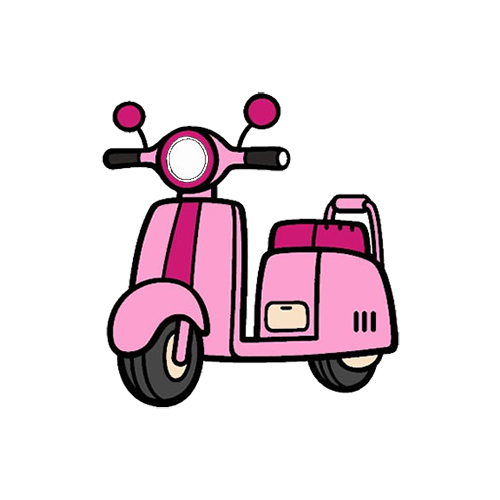what age can a kid ride a motorcycle
At What Age Can a Kid Ride a Motorcycle?
Motorcycles are thrilling machines that have captivated adults and young enthusiasts alike. As the popularity of motorcycles continues to rise, many parents find themselves wondering at what age their children can safely begin to ride. The answer to this question can vary based on several factors, including local laws, individual maturity, and riding experience.
Legal Age Regulations
Different countries and states have their own regulations regarding the age at which a child can legally ride a motorcycle. In the United States, most states allow children aged 15 or older to obtain a motorcycle learner's permit, while full licensing typically occurs at 16. However, there are exceptions. Some states allow younger riders to operate limited vehicles, such as dirt bikes or smaller cc motorcycles, with adult supervision.
In countries such as Australia and the UK, the laws are also age-specific. For instance, in the UK, teenagers can apply for a provisional motorcycle license at 17, but they can ride off-road bikes at age 16. Parents should research their local laws to ensure compliance and understand safety requirements, such as helmet laws and rider training programs.
Assessing Maturity Levels
While age regulations provide a guideline, a child’s maturity level plays a critical role in determining if they are ready to ride a motorcycle. Riding a motorcycle is not just about physical ability; it requires a good understanding of rules, safety procedures, and the capability to make quick decisions in unpredictable situations.
A child who shows interest in motorcycles may demonstrate characteristics that indicate readiness. They may display responsibility, good judgment, and a willingness to listen to advice from experienced riders. It’s essential for parents to have an honest conversation with their children about the risks and responsibilities associated with riding. If a child feels nervous or hesitant, it might be a sign that they are not yet ready to start riding.
Choosing the Right Motorcycle
Selecting the appropriate motorcycle for a beginner rider is crucial for their safety and enjoyment. Smaller motorcycles, often called beginner bikes, are ideal for young riders. These bikes typically have lower horsepower and lighter frames, making them easier to maneuver and control. Many manufacturers produce bikes tailored for younger individuals, including electric motorcycles with limited speed.
what age can a kid ride a motorcycle

For very young children, dirt bikes with a cc of 50 or less can be a fantastic option. These bikes are lightweight and can be ridden in off-road environments, where there is less danger from traffic. Furthermore, they allow kids to gain confidence and develop their riding skills in a safer setting.
Education and Safety Training
Before a child can start riding, it’s imperative they receive proper education and training. Many areas offer motorcycle safety courses designed specifically for younger riders. These courses cover crucial topics such as handling techniques, braking, turning, and emergency maneuvers. Additionally, they emphasize the importance of wearing protective gear, including helmets, gloves, jackets, and boots.
Taking a safety course not only equips a young rider with technical skills but also instills a sense of responsibility. Knowledgeable instructors can guide parents and their children on the best practices for riding, making it a more enjoyable experience for everyone involved.
Parental Guidance and Support
Parental involvement is vital in a child's motorcycle riding journey. Parents should lead by example, demonstrating safe riding practices and instilling respect for the motorcycle and the rules of the road. Riding together can also provide young riders positive reinforcement while allowing parents to supervise and ensure safety throughout the learning process.
In addition to practical support, emotional encouragement is essential. While riding can be exhilarating, it also comes with inherent risks. An open dialogue about fears and concerns can help build a child's confidence and ensure they understand that safety is a priority.
Conclusion
Determining the best age for a child to start riding a motorcycle is not a one-size-fits-all answer. Legal regulations provide a framework, but individual maturity, appropriate motorcycle selection, and comprehensive training are equally important. By evaluating these factors and providing ongoing support, parents can help their children embark on an adventurous yet safe journey into the world of motorcycling. Ultimately, fostering a responsible and educated mindset will enable young riders to enjoy the thrill of motorcycles while minimizing risks.
-
Kids ATVs Manufacturer | Safe Powered Ride-On Toys for KidsNewsAug.05,2025
-
Premium AI Luxury Infant Strollers | Safe & SmartNewsAug.04,2025
-
Kids Powered ATV Ride-Ons with GPT-4-Turbo ManufacturerNewsAug.03,2025
-
: Premium 12V Kids Electric Cars | Safe & Durable Ride-OnsNewsAug.02,2025
-
Premium Kids Powered Ride-On ATVs | Top ManufacturerNewsAug.01,2025
-
Durable Powered Ride On Toys for Kids - ATVs ManufacturerNewsJul.31,2025
